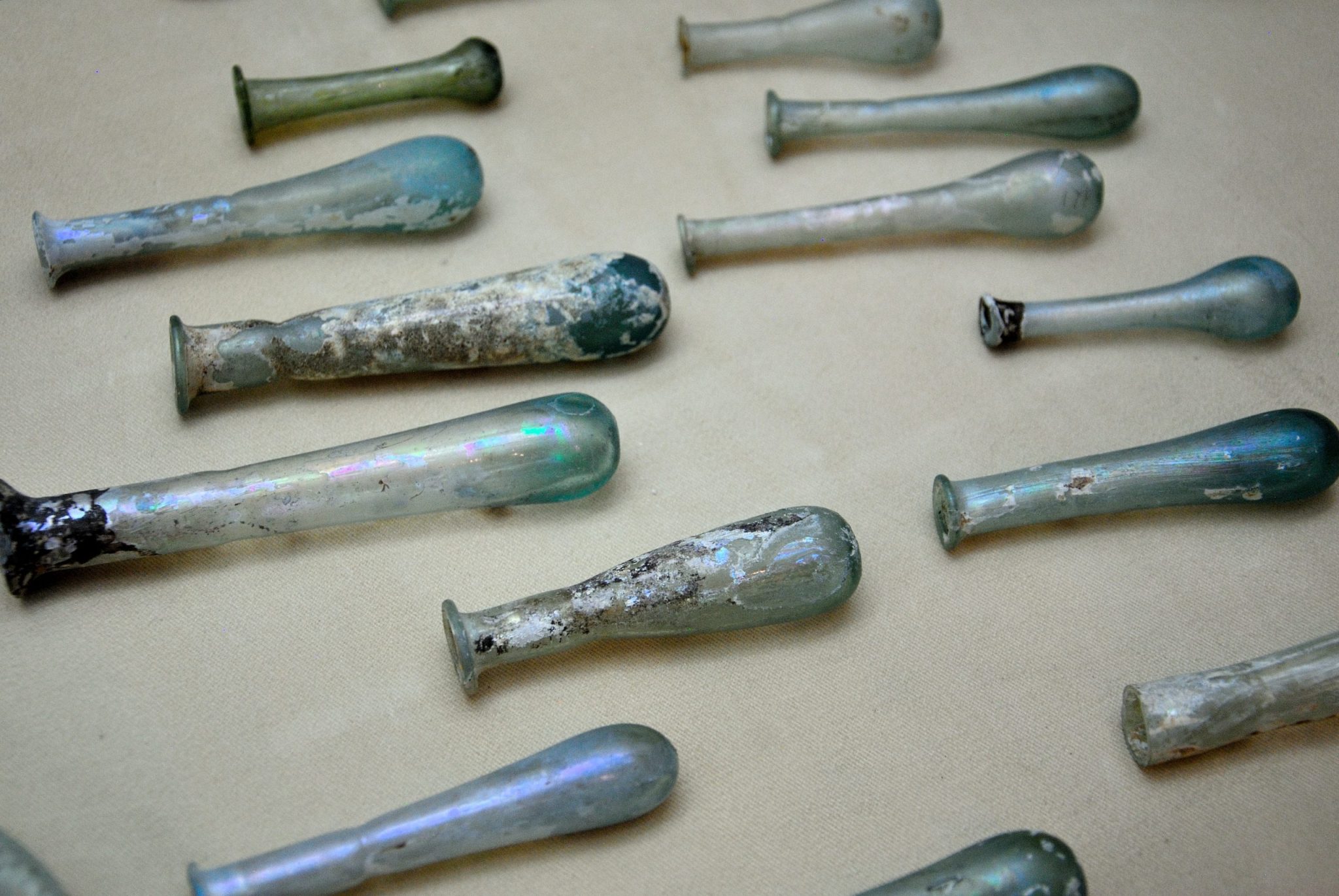The history of glass and its processing is very ancient: every time when we use a jug or a glass, we should remember the millenary tradition!
Choosing a glass food container undoubtedly means looking to the future: in fact, the advantages brought by glass in terms of sustainability and recycling are undeniable.
The history of glass containers has its roots in a very ancient past.
The oldest known glass artifact to date dates back to Egypt in 1500 BC! It is a vessel with an opaque light blue color, now preserved in the Egyptian collection of the State Museum of Munich.
The sand casting technique to create artifacts is difficult to locate in a specific region and in a specific era.
In the Neolithic period the processing of obsidian was already widespread.
The real discovery of the vitreous matter in the form of pasta vitrea it dates, instead, to the third millennium BC - and is located between Mesopotamia and Upper Egypt.
From this "world" we have precious finds: alphabetical letters written in glass, precious pendants, fragments of jewels and jewels of various shapes.
It was still a rudimentary technique: it allowed to obtain only small and basically opaque objects.
As history tells us, it was the Phoenician merchants who spread this technique in multiple geographical areas.
The known glass finds in fact begin to multiply and spread on a larger scale.
It is Ancient Egypt that stands out for its glass production. The pomp that characterized the various dynasties was also expressed through these artifacts.
The exceptionally high quality of Egyptian glass is therefore also due to this search for new and better techniques, to create new and better ornaments.
In the archaeological site of Amarna, for example, reeds and chopsticks were found, used to better blow the dough vitrea still hot.
This leads to the production of the first containers, hollow objects: cups, bottles and vases.
Often colored by cobalt or turquoise (a material that was added to the “basic” ingredients of silica sand), they had finished festoon decorations. In this way a white shade was added to the blue tone of the base - now yellow, now brown. To create these rare objects, an equally defined and precise technique was clearly needed: and it is this great and ancient wisdom that we "draw" when we use our bottles and glasses.
Source: betterinvetro.it



